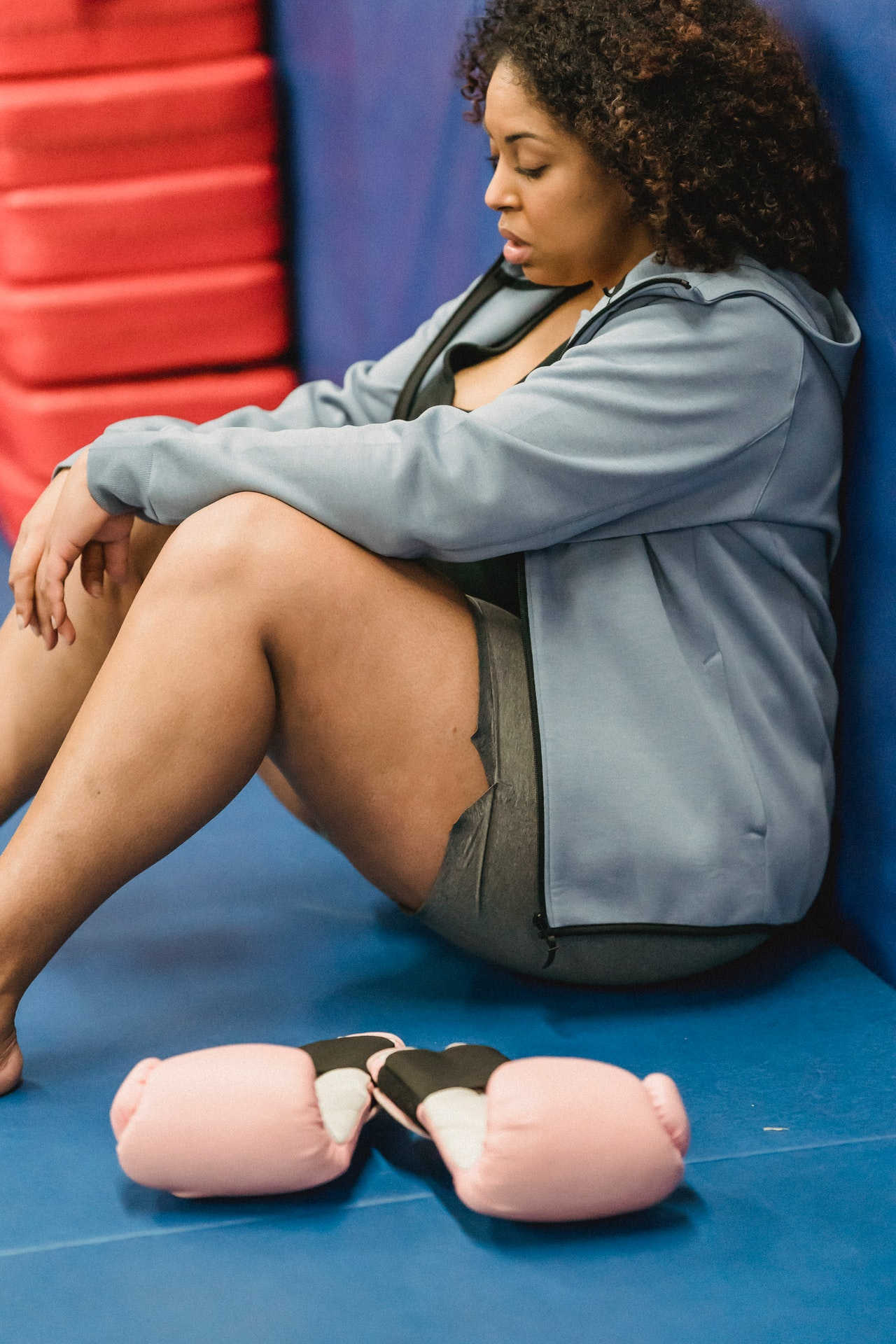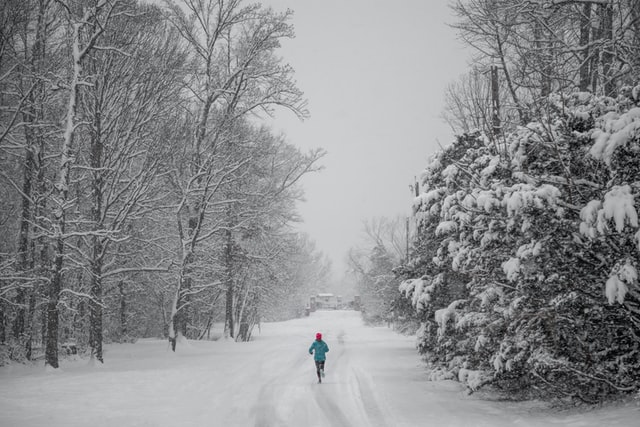If you had asked me when I was twenty one whether or not working out two days a week was adequate, I would have told you that it wasn’t enough. But necessity is the mother of invention, and age and experience necessitate the need for more efficient workouts. Today I’m going to introduce you to the two day a week workout. It’s a workout that’s fast, efficient, and surprisingly productive.
This workout is ideal for someone who has been in shape in the past, has got a little older, and no longer has the ability to train at the level of their youth. This inability will probably be due to joints that get sore without a lot of exercise, as well as the time constraints of work and family.
Day 1
STRETCH:
Take your time. Don’t be afraid to spend between half an hour and an hour at this. Experiment with different stretches. Focus on your hips shoulders and back. You can also use yoga poses and foam rolling.
CALISTHENICS:
Focus on pushing, pulling, and squatting. Use single leg work for injury prevention. And don’t forget to train your core.
Day 2
WALK/HIKE
Go for a walk or a hike for about three to five miles. If you don’t have much time, then taking a walk around your neighborhood is fine. But if you have more time, then try getting yourself out into the wilderness, preferably where you can get some elevation gain.
Alternate Workout
An alternate workout is to do a five to six mile hike and just do the stretching and skip the calisthenics.
Split Between Workout
You want to take two to three days off in between each workout. A good split is to do the calisthenics and stretching on Tuesday, Wednesday, or Thursday. Then do the hike on Saturday or Sunday.
Total Workout Time
You should probably spend about 45 minutes on stretching, a half an hour on calisthenics, and at least an hour walking or hiking.
Specific Exercises
To see a list of specific exercises, try the workout builder.

